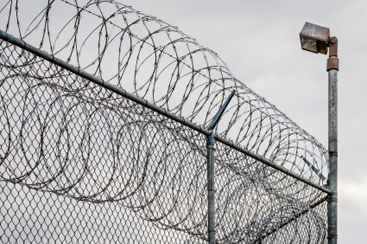By Courtney M. Fowler.
With most of the Affordable Care Act (ACA) having taken effect nationwide in January, there are still many questions about how the new law will impact some formerly hard-to-reach Americans. One demographic in particular that’s being targeted more than ever is the prison population, which includes both current inmates and those who’ve been recently released.
“We know, based on the research, that the prison population is at a significantly higher risk of infectious diseases and more likely to be suffering with substance abuse and mental health issues,” said Mia Bird, Public Policy Institute of California (PPIC) research fellow who lead a recent PPIC event in Sacramento to discuss the importance of ensuring that inmates are covered both before and after their prison stays.
“So despite the difficulties of reaching this group because they don’t have access to standard ways of getting coverage, it remains extremely important,” said Bird.
read the whole article here

 People who study incarceration in the United States invariably reach the conclusion that something must be done. Mass incarceration today is out of control, way too expensive, counterproductive, a social disaster, a trend that is clearly weakening America. Our correctional population of 7.3 million Americans cycles in and out of prison, forms a pariah class, destroys families and simply does not cause crime to decrease enough to justify the financial and social costs. Both political wings blame the other wing: Liberals blame race and class discrimination, the War on Drugs, mandatory sentences and conservative “law and order” politicians. Conservatives blame government programs, moral relativism, a rejection of religion, the defining of deviancy downward and activist judges.
People who study incarceration in the United States invariably reach the conclusion that something must be done. Mass incarceration today is out of control, way too expensive, counterproductive, a social disaster, a trend that is clearly weakening America. Our correctional population of 7.3 million Americans cycles in and out of prison, forms a pariah class, destroys families and simply does not cause crime to decrease enough to justify the financial and social costs. Both political wings blame the other wing: Liberals blame race and class discrimination, the War on Drugs, mandatory sentences and conservative “law and order” politicians. Conservatives blame government programs, moral relativism, a rejection of religion, the defining of deviancy downward and activist judges.






























